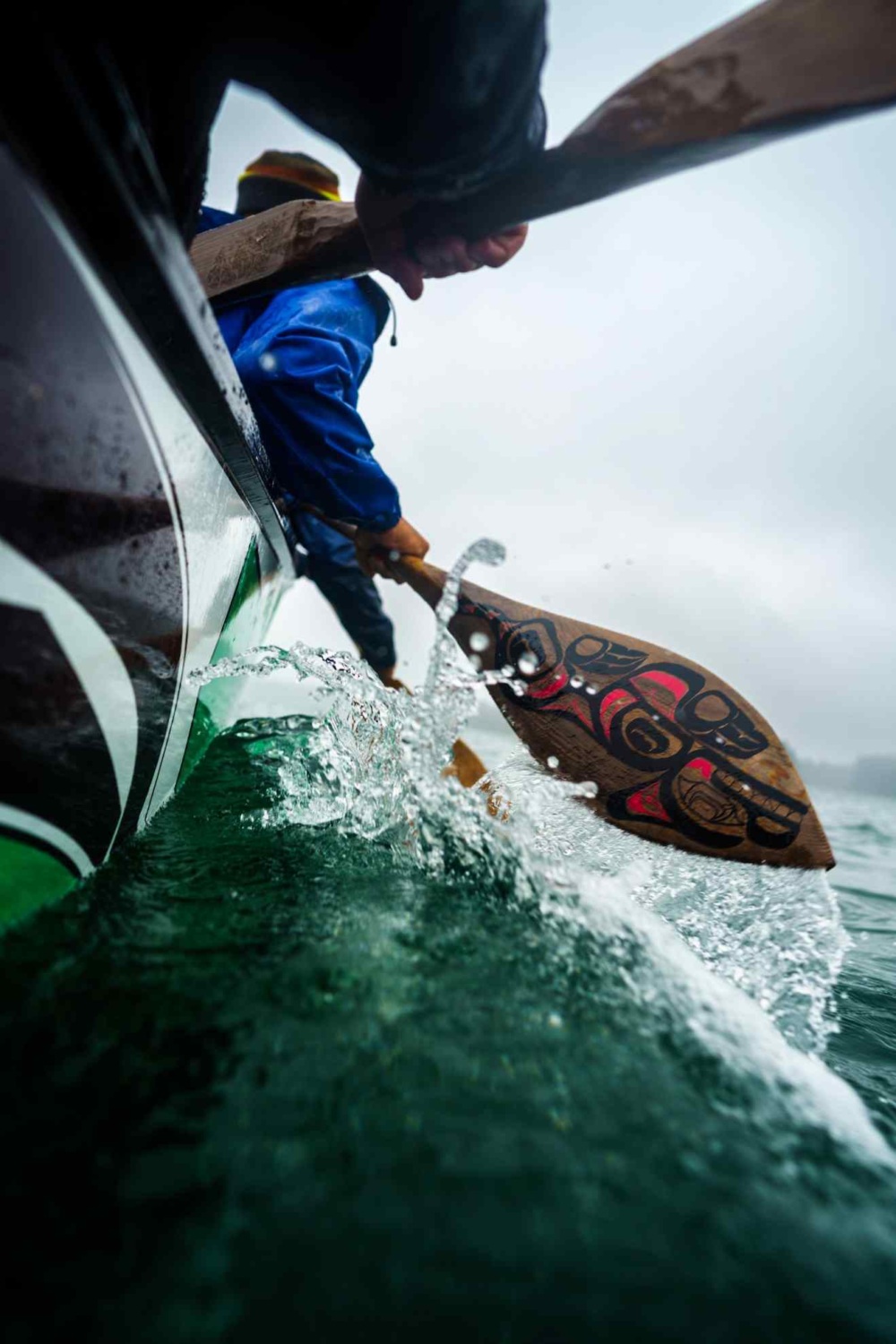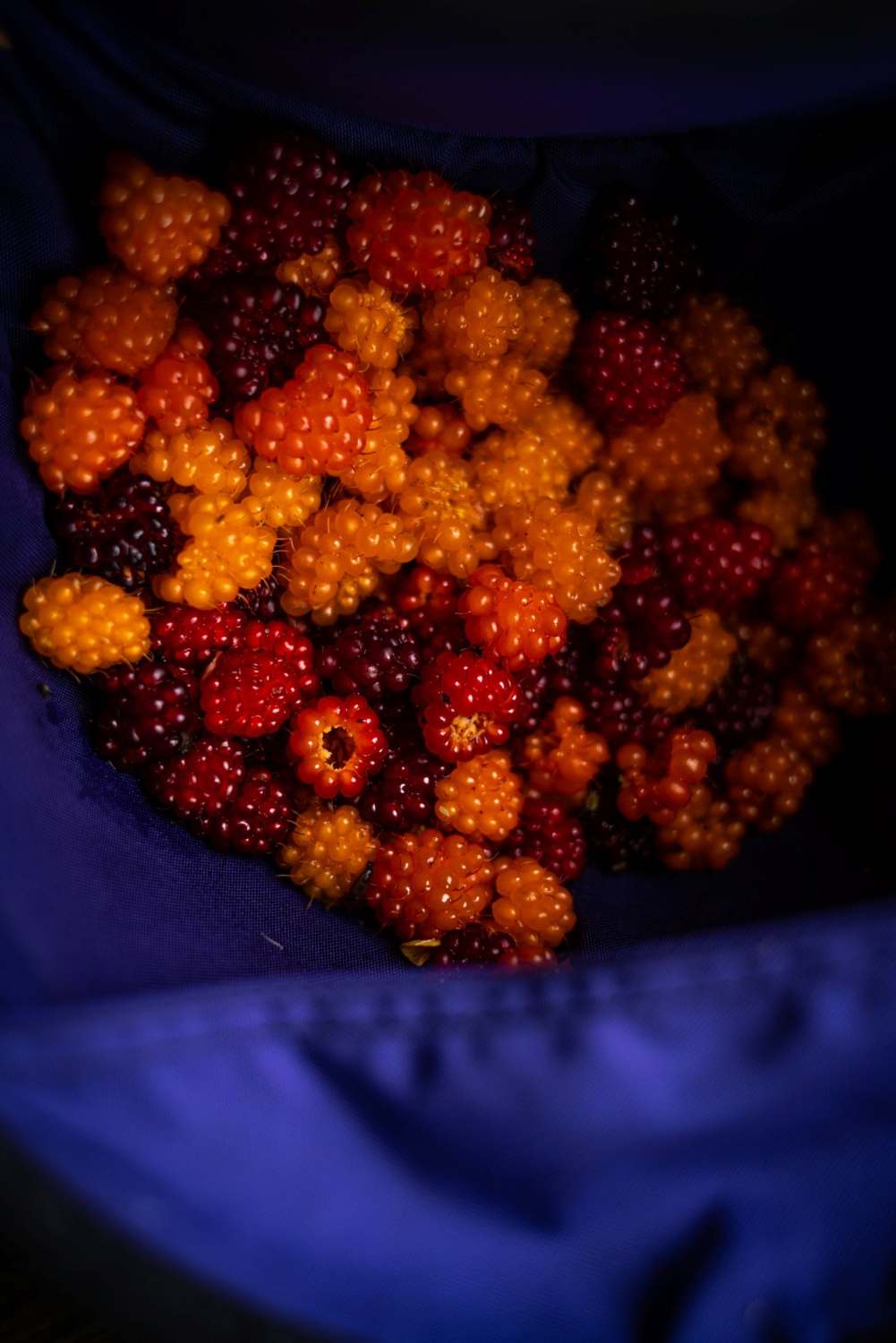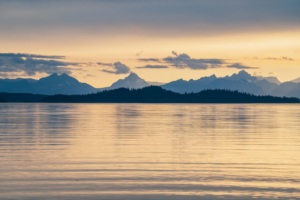
The Tongass of southeast Alaska is the largest remaining temperate rainforest on Earth. At nearly seven million hectares, it has a watery edge of 17,700 kilometers, thanks to coves, bays, inlets, fjords, and huge stretches of coastline along the Pacific Ocean. Proudly, the Tlingit, Haida, and Tsimshian Tribes have called this area home since time immemorial.
The Tongass hosts 91,700 kilometers of rivers, streams and creeks that happen to be the best spawning habitat for salmon anywhere on the planet, providing nearly one-third of the total global supply of wild salmon. The salmon are so interconnected to this place their genetic material can be found embedded in spruce trees 120 kilometers inland. The three largest islands of this magnificent area have one of the highest concentrations of brown bears on Earth, with one every 1.5 square kilometers.
The forest plays a critical role in the climate crisis. It sequesters one billion tons (that’s about an equivalent weight to four Great Walls of China) of carbon dioxide equivalent, which is roughly eight percent of the total carbon sequestered by all of the national forests in the United States combined. This is a place of great abundance, giving the ancestors of these tribes all they needed for a rich life.
But then the Russians showed up hunting fur, followed by Americans in search of gold in 1907. They brought oppression and diseases, and the Tlingit were forcibly removed from their families and sent to Western-style schools, removed from their traditions, disallowed from voting, and taught to believe their Native culture was shameful.
To this day, the wounds remain raw: nowhere else in the United States is the story of the alienation and dispossession of Native people as recent as it is in Alaska.
In the Tongass, the pervasive issue has been logging: acres of wilderness were preserved in one place while timber was clear-cut in others, and local communities were left out of decisions.
Local tribes, fisher persons, business owners, mayors and other leaders have, however, been seeking more reasonable solutions – solutions that engage their communities, honor Indigenous values, and focus on local economic development.
From Home Planet Fund’s perspective, this is clearly the right thing to do, and the right place to do it.


Fortunately, things in Southeast Alaska are turning for the better.
In 2021, the region’s Native corporation, Sealaska, announced it would cease commercial logging in favor of selling carbon credits, generating $10 million for a new fund, dubbed the Seacoast Trust. Home Planet Fund will lead the next phase of the work, offering seed funding to expand the mental health and natural health of the community. The broader long-term goal is to reach $100 million of funds dedicated to community-based decisions that create new opportunities, while supporting tribes and Southeast Alaskans as they plot their own course for decades to come.
Native culture and pride are flourishing again, along with economic opportunities for younger generations. Culturally based activities are being re-taught: songs, harvesting, canning, freezing, giving away food to elders, and respect for nature. All of this amounts to the re-integrating and building of relationships, and living in balance, which has always been their traditional way of living.
Projects here include the creation of a food distribution system in Juneau, the development of renewable energy projects that lower costs of living and reduce pollution, and finding ways in Klawock to protect the culturally important sockeye salmon. Other projects include developing oyster and otter products, increasing energy efficiency in homes, sharing mobile greenhouses, tracking wolves and ocean acidification, developing markets for wild blueberries, alerting people of shellfish poisoning, and hiring Native youth to work on habitat restoration projects.
In sum, these efforts, and many others, are connecting people to their lands, as well as to one another.
Already, a food-catalyst fellowship is making communities self-sufficient by expanding historic practices from gardening and composting to smoking salmon and preserving jellies and berries. Local leaders are also exploring approaches to “regenerative tourism” that welcomes visitors into communities for overnight stays, replacing “drive-by” tourism from the deck of a cruise ship.
Communities are also working to secure their energy independence and forge stronger local economies bolstered by entrepreneurship.


Ongoing Positive Impact
Our partners have created 19 Community and Regional Catalyst positions across the region. Community catalysts are hosted within village level organizations, Tribal governments, or Native corporations where they work to identify and meet the needs of their hometown. Regional catalysts represent areas of expertise that are critical for building regional resiliency.
These catalysts, spread across Southeast Alaska, are ambassadors for our partners’ shared values and mission. They are thoughtful change-makers who connect resources, people, ideas, and networks to impact their communities and region.
Their ongoing projects include supporting food sovereignty issues, strong, local regenerative economies, maximizing environmental restoration, reducing energy prices and lowering carbon footprints.
Tlingit and Haida youth form an Indigenous Guardians Network, community forestry projects have restored thousands of feet of salmon habitat and hundreds of acres of young growth forest, along with maintaining access to traditional harvesting areas. Youth stewardship programs have nearly 100 youth engaged in traditional food harvesting, salmon stream restoration, and planting trees.
Other active programs include mariculture, healing, and storytelling and communications.
A minimum of 15 communities are now connected to the work of our partners, who are working shoulder to shoulder with more than 45 collaborative partners.
Together, there are now more than 75 region-wide projects, and at least 160 jobs catalyzed by their work, and all of these numbers continue to grow.

Long-held Indigenous values are guiding all of this work, with a focus on:
- Collaboration for mutual benefit rather than competition based on mutual mistrust.
- Maximizing the long-run productivity of nature’s offerings, instead of short-term extraction of resources.
- Pursuing the triple-bottom line of ecology, social equity, and economic well-being – rather than focusing exclusively on financial profit.
Ultimately, these programs aim to increase shared stewardship, develop more resilient people and places, and spur more community-driven decision making. It’s the kind of thinking captured in the Tlingit phrase Kuxhadahaan. Adayoo. Analgein, meaning “Stop, observe, examine, act.”
Home Planet Fund partners with Spruce Root on this program as the entry point to the Sustainable Southeast Partnership.







